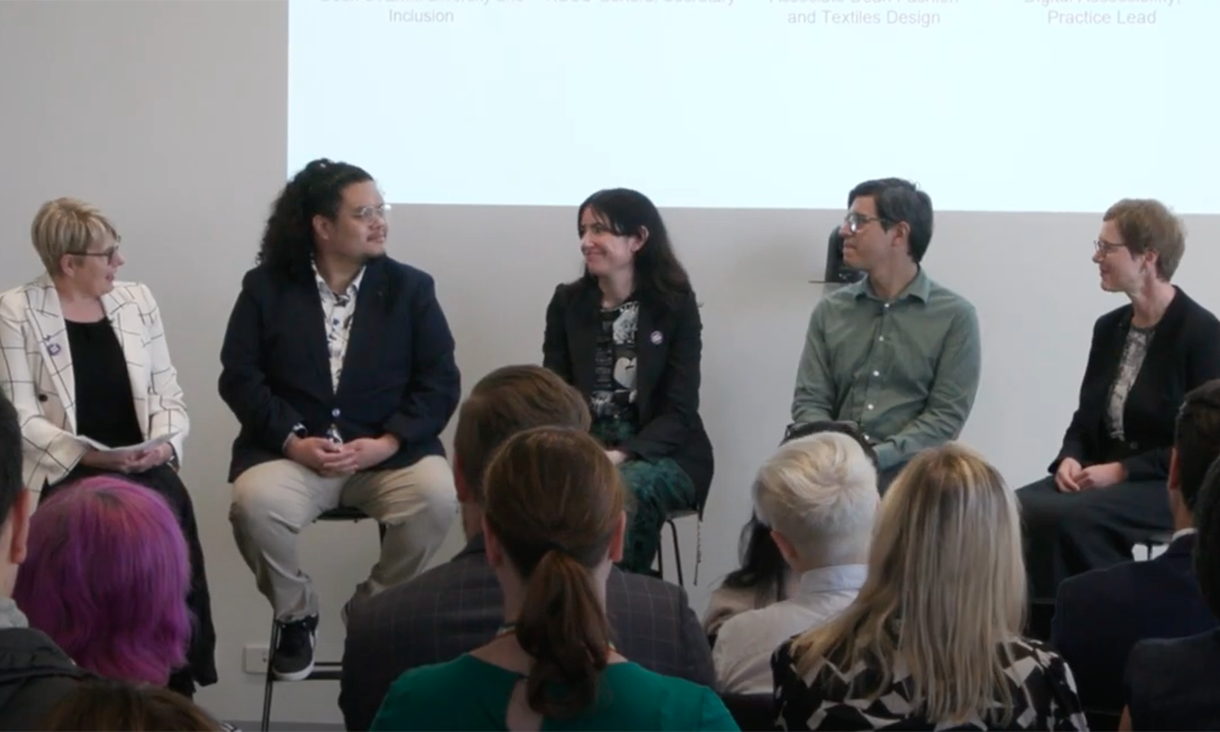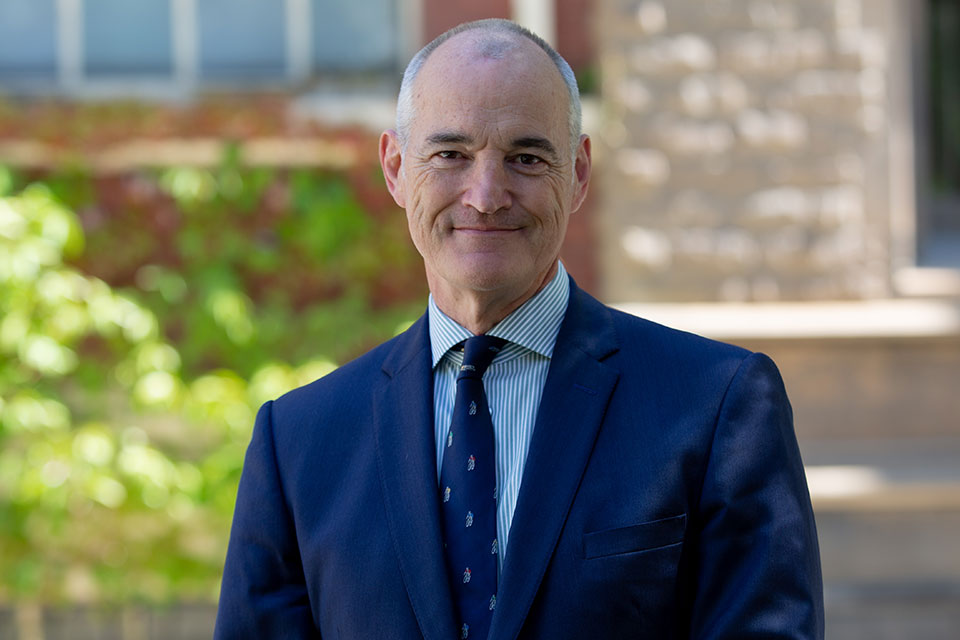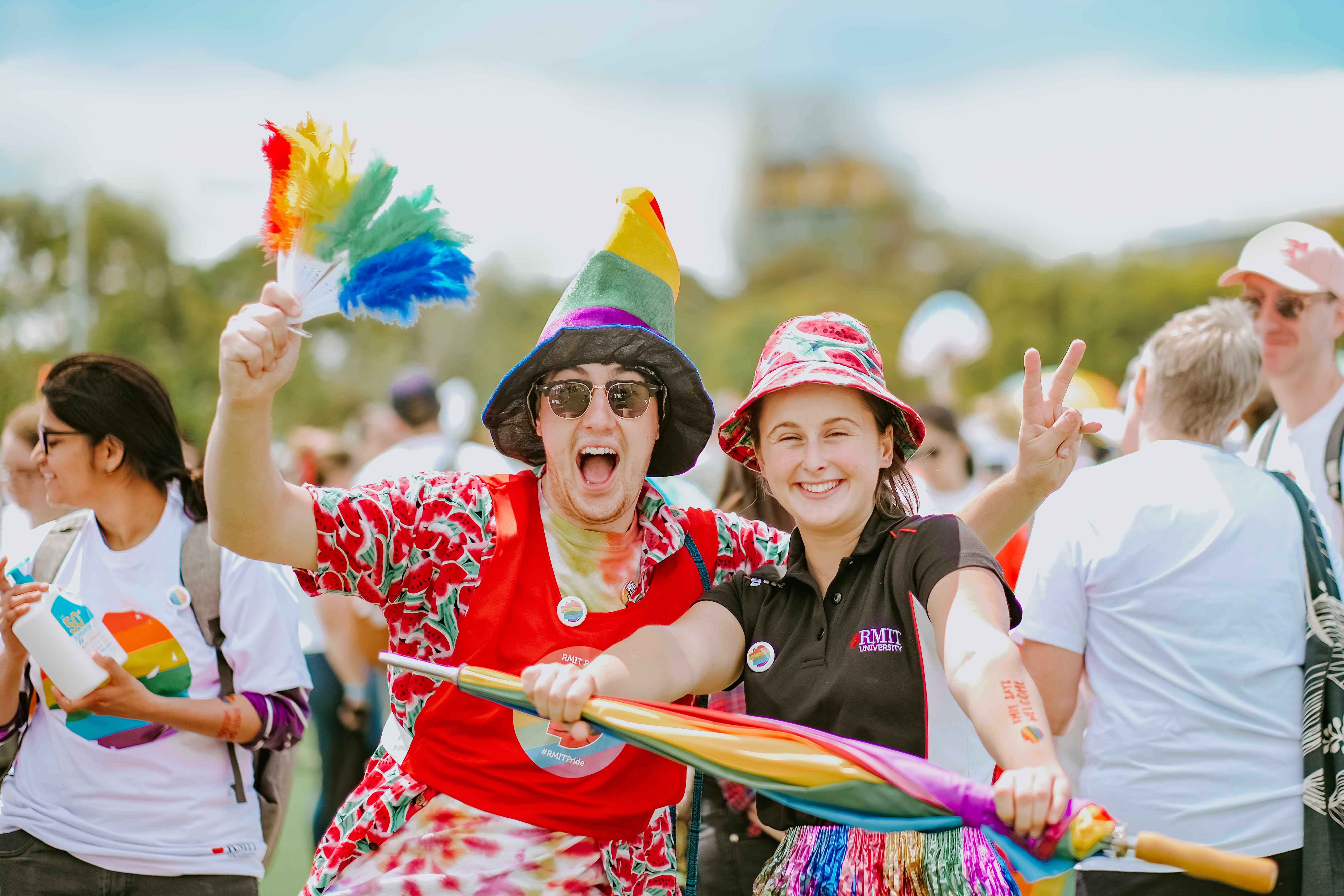Inclusion, Diversity, Equity and Access at RMIT

RMIT has a long and proud history of commitments and action to ensure that opportunities to develop and succeed are open to everyone.
Through diversity and inclusion action plans, RMIT has made significant progress, with improvements in the recruitment, experience and outcomes of students and staff from underrepresented groups.
We have also been recognised as a leader for our commitments and achievements as measured by our performance in several rigorous national and international benchmarking schemes.

Grounded in principles of inclusion and accessibility, consultation included a range of modes. The voices of our students and staff were critical in shaping RMIT’s IDEA Framework that serves our international community, identifying what RMIT is doing well, where we still need to improve, and what we need to do to get there.
Our Inclusion, Diversity, Equity and Access (IDEA) Framework creates a blueprint for our continued journey towards a more inclusive and accessible RMIT.

If we recognise that diversity is our strength, then inclusivity must be fundamental. This aspiration in mind, I invite every member of our community to feel empowered and to continue to work with me towards a genuinely equitable RMIT.
- Alec Cameron, Vice-Chancellor and President
At the heart of how we live our values, including the RMIT value of inclusion, is our commitment to a just and meaningful relationship between Indigenous communities and the RMIT community. This means adopting ‘Responsible Practice’ by considering and enacting positive change for First Nations People as part of our everyday work and study at RMIT.
To achieve our strategic aspirations, we need to ensure that everyone is included and enabled to thrive, whoever and wherever they are. We aim to shape an RMIT that is Inclusive by design: Everyone, everywhere, all the time.
Grounded in principles of inclusion and accessibility, consultation included a range of modes. The voices of our students and staff were critical in shaping RMIT’s IDEA Framework that serves our international community, identifying what RMIT is doing well, where we still need to improve, and what we need to do to get there.
We considered both quantitative and qualitative data, looking at the representation, experience and outcomes for diverse learners and staff. We reviewed our performance against rigorous national and international benchmarking schemes. We considered the requirements of relevant legislation, policy and regulation, and drew on research and practice insights, including from our own staff experts.
While we were able to capture a broad range of voices, lived experience and perspectives, we know that we did not hear from everyone. New issues and challenges will also continue to emerge. Seeking to understand and respond to the diversity of identities and experiences of our community over time is an ongoing commitment.
In order to achieve inclusion, diversity and equity, we need to:
The IDEA framework identifies five domains of Inclusive Excellence that define the aspirations and priority action areas to drive action across RMIT Group. Through the domains, we will address systems, processes, policies, capabilities and cultural norms to progress our goal of being “Inclusive by design” for everyone, everywhere, all the time.
Across these five domains, our aspirations are:
Implementing the IDEA Framework will involve working with Colleges, Portfolios and entities to identify their current maturity level in IDEA to ascertain locally led leadership priorities.
The first horizon of implementation will include the establishment of baseline measures to enable ambitious, but achievable targets with an overall goal of parity in representation, success, outcomes and experiences of the whole RMIT community. It is expected that measures and evaluation will iterate across the three horizons of the framework.
Evaluating our impact will include continuous feedback from our learners, staff and key partners.
This will include assessing our position as a leader in inclusion, diversity, equity and access against external benchmarks and peak body research, identifying and measuring learner and workforce demographics against comparative populations and analysing qualitative and quantitative feedback.
Achievement of our aspirations will require a whole-of-RMIT approach. There is a wealth of good work already happening across the Group, enabled through existing diversity-focussed networks, committees and working groups. These will support the implementation of this Framework, along with a forum for information and practice sharing.
We value the diversity of our students and workforce. Everyone deserves to feel safe, respected, valued and treated as an equal in their place of study and work.
Explore the initiatives and programs in place to ensure that anyone who has the desire, can study at RMIT.
We are proud to empower the staff and students within our community who identify as Lesbian, Gay, Bisexual, Transgender, Intersex, Queer or Questioning, Asexual and more (LGBTIQA+).
We promote cultural inclusion across RMIT. Explore the ways we look to improve the experience of students and staff from diverse backgrounds.
We believe everyone deserves to feel safe, respected, valued and treated as an equal in their place of study and work.
We are committed to improving practices to better support diversity, safety and wellness for our staff and students.
Find out about the networks, partnerships and systems in place for our students and staff.
Explore our methods of governing diversity and inclusion along with reporting and standards.
Read more about our specific policies, provisions and benefits in place for our staff and students.

RMIT’s social inclusion programs for students aim to increase access to further education, build a more diverse student population, and provide an equitable and inclusive experience for all students.
Our progress towards our commitments in our Inclusion, Diversity, Equity and Access Framework is overseen by the RMIT Diversity and Inclusion Advisory Committee (DOCX 364KB), co-chaired by Professor Calum Drummond, Deputy Vice-Chancellor Research and Innovation, a member of the Vice-Chancellor’s Executive (VCE).
Actions are driven by the Inclusion, Diversity, Equity and Access Teams in both the People Team - Operations, led by Tara Waller - Director, Employee Experience and Capability, Mat Lewis - Inclusion, Diversity, Equity and Access Manager, and the Equity and Inclusion team in Students Group - Education portfolio, under the leadership of Lara Rafferty - Associate Director, Student Equity.
Work towards the goals of the RMIT Athena Swan Action Plan is driven by Professor Kay Latham, Associate Deputy Vice Chancellor, Gender Equity.
We have multiple working groups spanning our diversity focus areas. Progress is reported to the VCE and Council via the Diversity and Inclusion Advisory Committee in annual reports:
In addition, issues of student and staff diversity and inclusion are included in the RMIT Statistics at a Glance, the RMIT Annual Report, and the RMIT Sustainability annual report.
A range of resources and engagement opportunities with local areas across RMIT will be launched as part of the implementation of this Framework. For further information or to book in for a session, please contact diversity.inclusion@rmit.edu.au


RMIT University acknowledges the people of the Woi wurrung and Boon wurrung language groups of the eastern Kulin Nation on whose unceded lands we conduct the business of the University. RMIT University respectfully acknowledges their Ancestors and Elders, past and present. RMIT also acknowledges the Traditional Custodians and their Ancestors of the lands and waters across Australia where we conduct our business - Artwork 'Sentient' by Hollie Johnson, Gunaikurnai and Monero Ngarigo.
Learn more about our commitment to Indigenous cultures